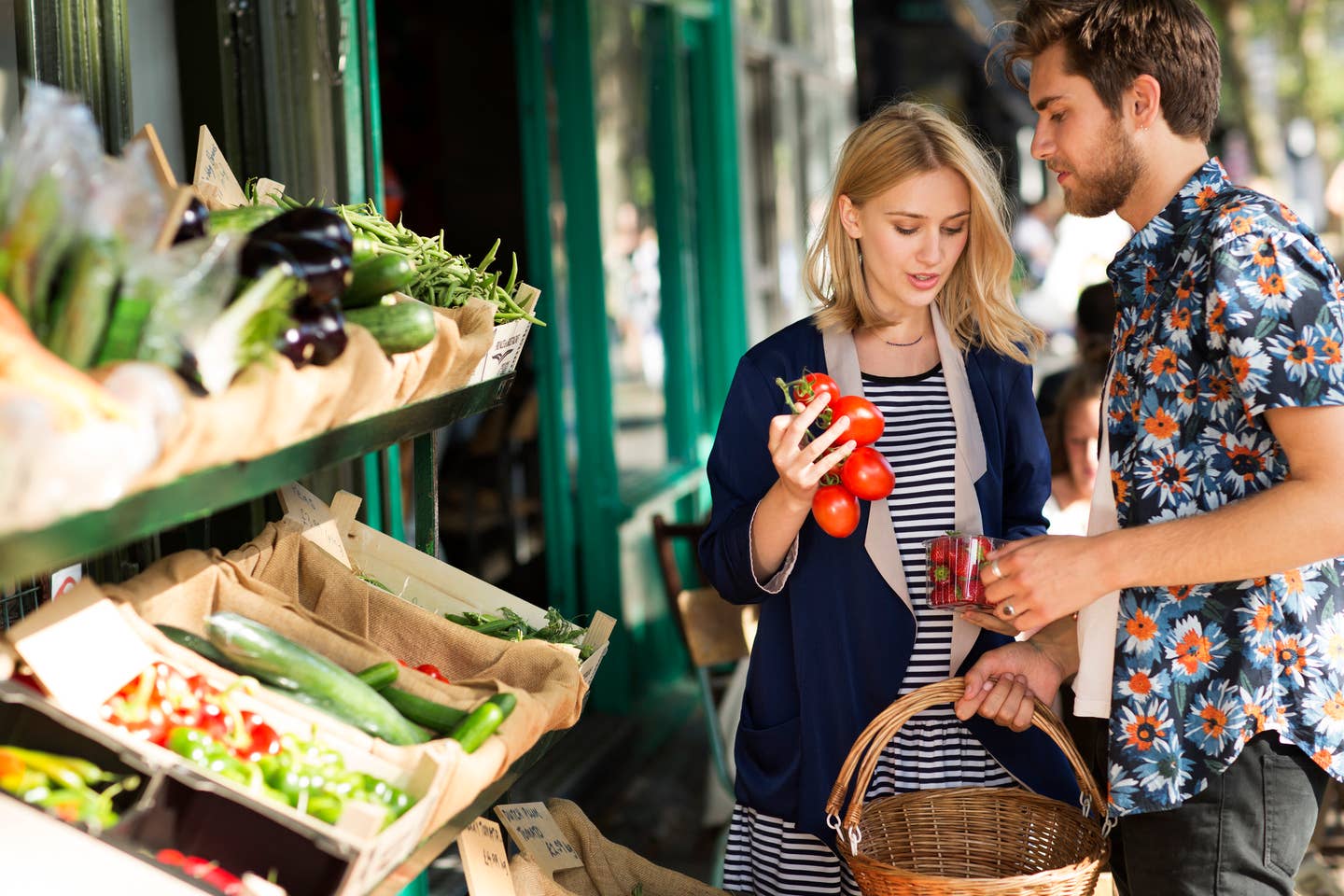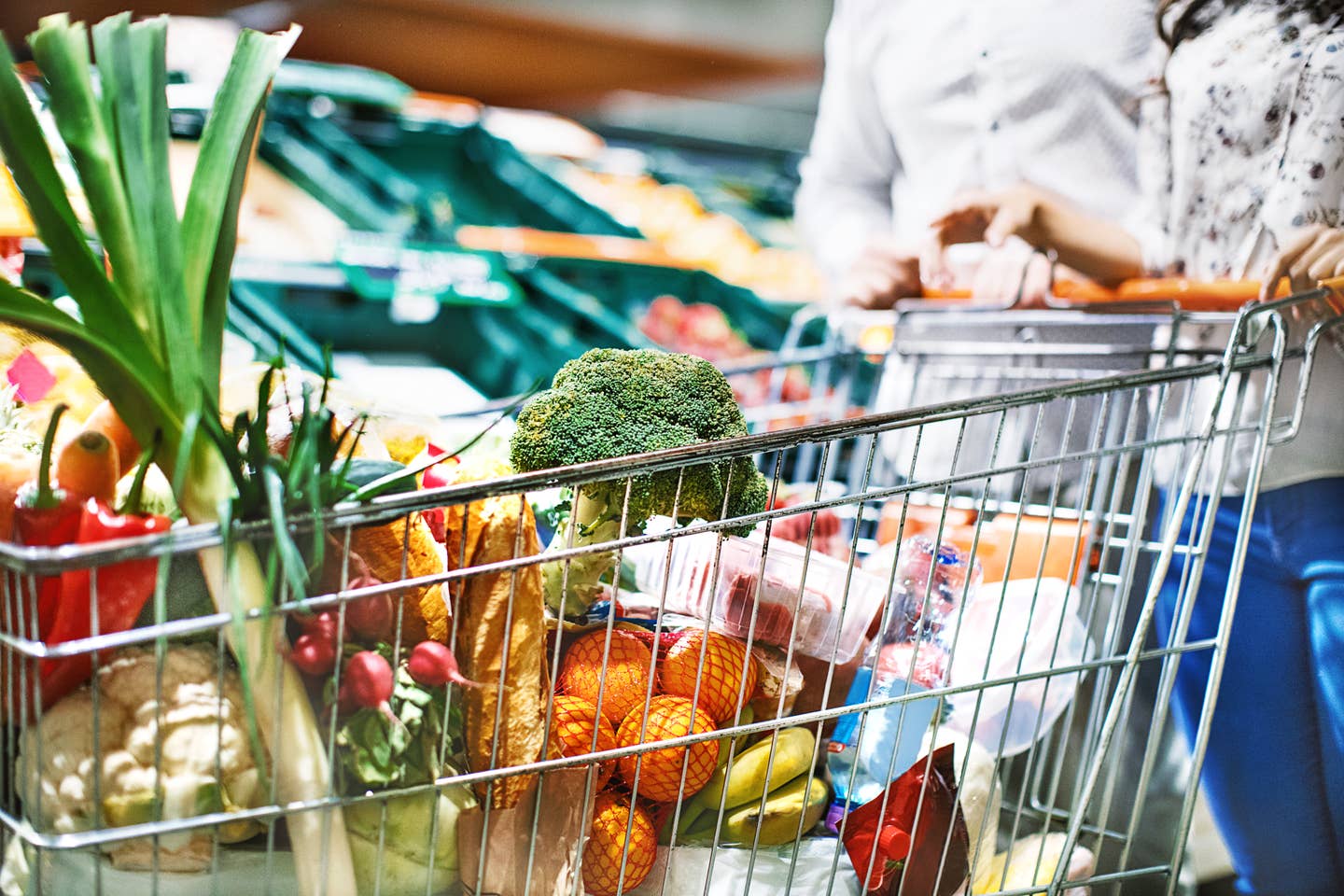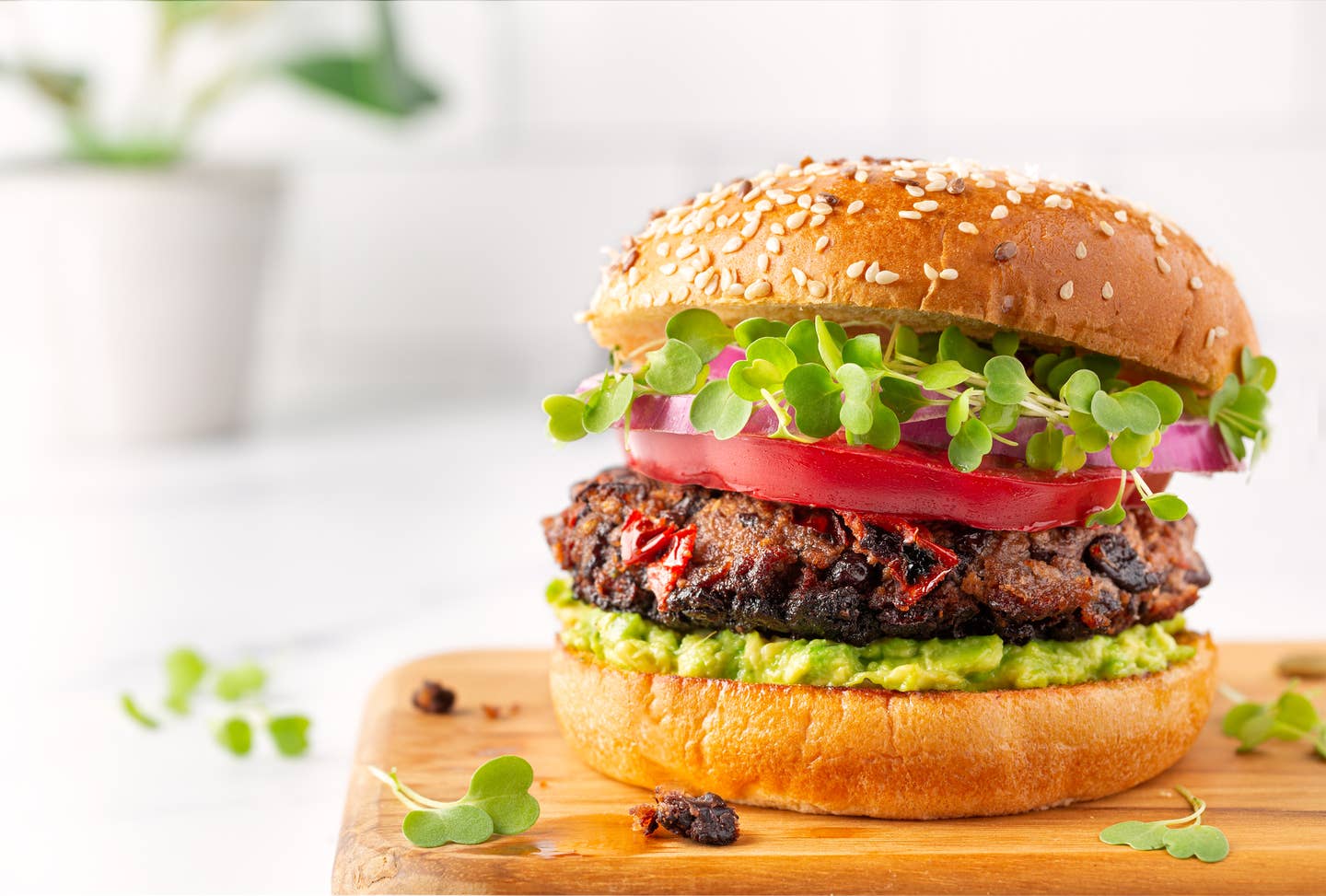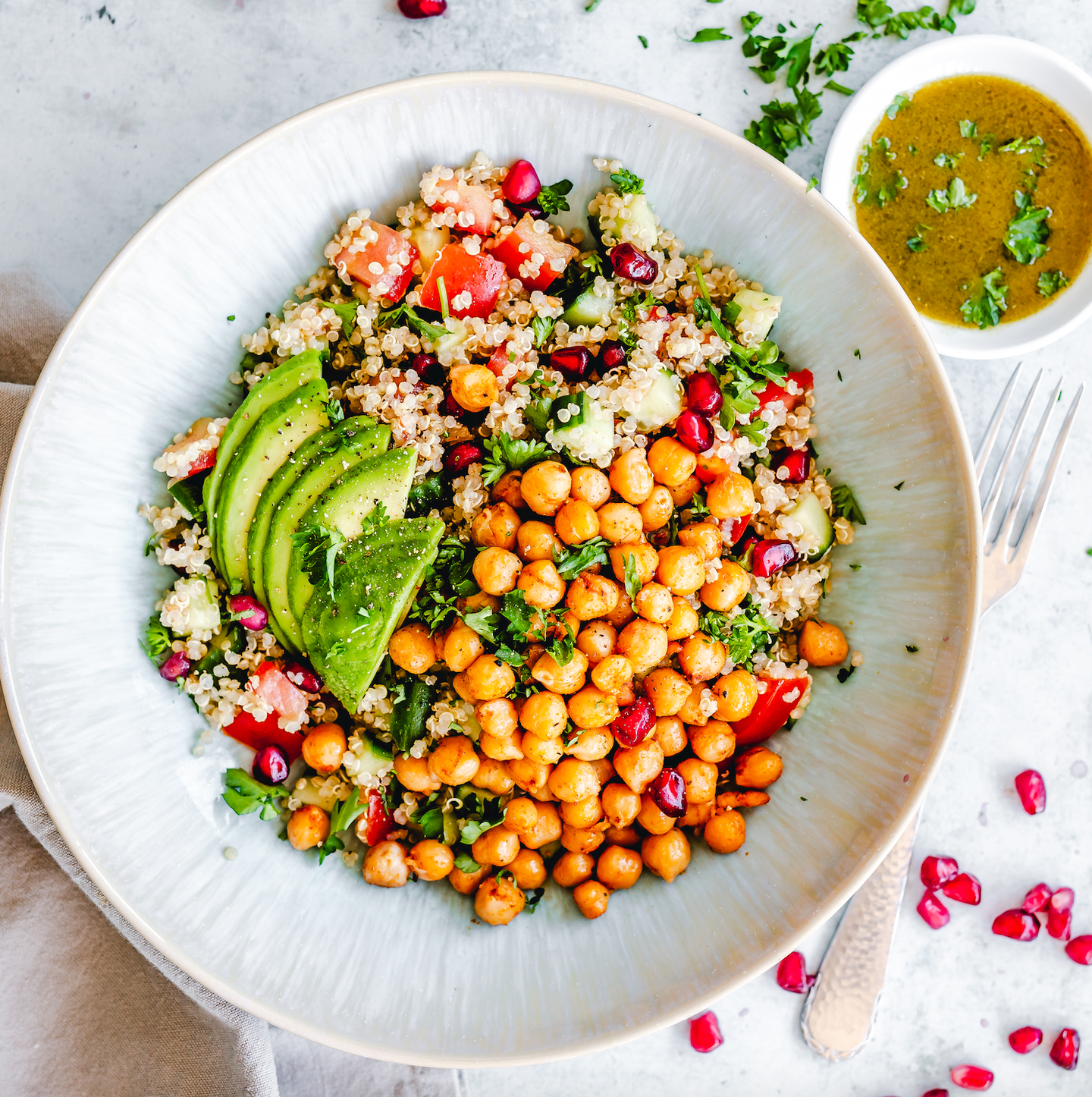
Finished The 21-Day Challenge? What to Do on Day 22 and Beyond!
You did it. You completed a three-week foray into all things plant-based! Congratulations! Now what?
Once you’ve tried 21 days of eating a whole-food, predominantly vegan diet, you’re probably at an impasse as to what comes next. Do you keep going?. Revert to your old way of eating, or find something in between? And if you do want to eat some animal protein, will that reverse the health benefits of the changes your body has seen over the last three weeks? Or is there a way to be "mostly" plant-based and gain "most" of the healthy living advantages?
Hopefully, by day 21, you’re feeling energized, excited, and amazed at just how great you can feel eating only plant-based foods. Maybe you’re also feeling chuffed because you know you’ve just made an impact to counteract your carbon footprint over the past few weeks -- since a vegan diet has the lowest carbon footprint--at 1.5 tons CO2e (Carbon Dioxide Equivalent) less than half that of meat-eaters' footprint of 3.3 tonsCO2e annually.
The most important thing to keep in mind is that being “plant-based” follows a spectrum—how much or how little you do it is up to you and only you. In fact, studies show that you’ll still reap big benefits from even small changes. Just following a semi-vegetarian diet has been found to improve metabolic health markers, including weight, blood pressure, and reduce the risk of chronic diseases such as type 2 diabetes.
Maybe you’re proud of how much more you’ve been cooking at home rather than eating out—and your body (and budget) is grateful. Or that you've reduced your lifetime risk of heart disease, cancer and ALL forms of mortality. Whatever your reasons for going plant-based in the first place, remember them and recall them now. We’re here to show you that it’s not hard to continue this lifestyle—and it very much is a way of life—and we’ve got 10 helpful tips to continue your progress without overwhelming you.
1. Keep your favorite plant-based meals on repeat.
Did you love the sweet potato gnocchi? Found the creamy pasta and broccoli bake super easy and delicious? Bookmark those favorites, then make them again. Working in a few simple, tried-and-true recipes every week will take the guesswork out of that age-old question: What’s for dinner?
2. Write your personal plant-based manifesto.
Just as with any lifestyle change, it takes regular reminders to keep yourself on track. Make your mission front-and-center by writing out the top three (or more!) reasons why you’re pursuing a plant-based diet, then tape that list to your fridge. You’ll get a little memory-jog of why you’re making these habit shifts every time you look for something to eat.
3. Find your ideal ratio of plant-based foods
Even eating just one plant-based meal a day can have an impact on your health in terms of increased fiber and nutrient density from plant foods. Studies show that microbiome diversity increases by following a plant-based diet, thanks to higher fiber that leads to the production of short-chain fatty acids (SCFAs), which serve as fuel for the bacteria taking up residence in your colon.
But if you can’t go 100% plant-based, find the percentage that works for you. After all, you’ll still get some benefit from just one or two meals vegan meals per day. Find your ideal ratio of plant-based to animal-product foods but keep in mind that more plants equal better benefits. There are studies, quoted by T. Collin Campbell, that show a small amount of animal product will not tilt the microbiome back, so keep the animal products at a minimum, to see maximum health benefits. The goal is to keep your lifestyle manageable and sustainable for the long-term, so if that means still eating some cheese here or a burger there, then go for it—it’s not an all-or-nothing game.
4. Stick to plant-based snacks.
The realm of vegan snacks is growing exponentially every day, making it even easier for you to not fall into the trap of snack boredom (hummus and carrots…again?). Keep an eye out at your local health food store for the latest in fun snacks (think: coconut yogurt, lupini beans, vegan cheddar puffs) that’ll keep your interest piqued in following this lifestyle.
5. Plan to cook at least two to three times per week.
Another way to keep things manageable? Don’t cook every night. Double up on your favorite recipes, or stock up on a huge salad at the salad bar of your local natural foods store—getting an extra portion means you’ll have leftovers for lunch tomorrow. Or keep things even simpler with what we like to call “assembly meals” like avocado toast topped with tomatoes and balsamic, a can of lentil soup topped with sprouts and croutons, or other thrown-together meals that end up being super satisfying without requiring a ton of prep.
6. Use your oven to make healthy roast veggies to keep on hand.
I make it a rule that whenever I pulling out one baking sheet, I pull out a second. If the oven’s on, why not use it! It doesn’t take much extra work to roast up a pan of chickpeas with garam masala spice, or broccoli with red chili flakes, or tofu doused in coconut aminos—all in addition to whatever else you were already baking.
7. Try a plant-based delivery meal service.
There are a ton of great vegan delivery options on the market right now—and heck, they’re convenient. Sign up for a trial run of Plantable, Purple Carrot, Green Chef, or the vegan options from Sun Basket. Sure, some can get a little pricey if you’re not careful, but the time you’ll save in prepping and cooking? Priceless.
8. Do just a little meal prep every Sunday.
We’re not talking about setting aside four hours every Sunday to shop, chop and cook a week’s worth of meals. Instead, try to make one plant-based protein (like savory tempeh), one grain (such as brown rice or quinoa), and one sauce (try a kale pesto) that’ll get you through a few iterations of healthy plant-based weeknight dinners.
9. Make a fridge breakfast.
Overnight oats and chia pudding are the definition of plant-based fast food—and super healthy, to boot. Whip up a few jars of each the night before that you can tote to work on busy mornings or make up a big batch to portion out at home and then top with fresh berries, maple syrup, and other add-ons, depending on your morning mood.
10. Get your order down.
One of the toughest questions we get from newly-minted plant-eaters is what to do when dining out. Our best tip? Keep a running list of restaurants near you where you know you can get a great plant-based meal, then try to schedule that client dinner or family celebration at one of those establishments. But for those times when you don’t get to choose the location, it’s crucial that you get comfortable asking for substitutions or seeing if the chef can prepare a market vegetable plate, usually featuring a grain or starch, plus whatever veggies are on hand and some kind of sauce. Headed to the diner? Try to find one with a veggie burger, or just make do with a side salad and pasta with marinara.
More From The Beet






